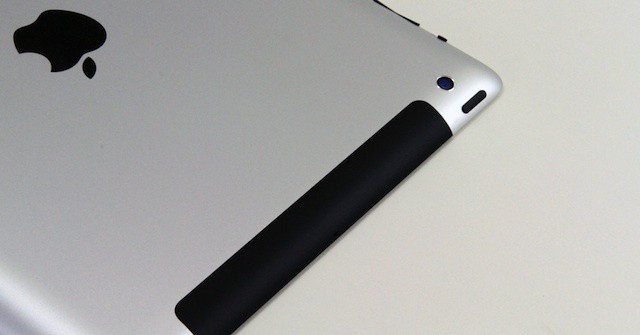LTE is one of the key features available on the new iPad. All that extra speed can be a great feature for consumers and business users alike, although the ability to burn through data that quickly means that all LTE iPad users need to be more conscious of their data use than with the previous 3G iPads (the same will no doubt be true for the next iPhone).
A new study claims that most iPad Internet access (94%) still takes place over Wi-Fi networks, however. That seems like bad news for carriers and it sounds like comforting news for CIOs and IT professionals worried about unknown iPads in their companies. After all, if only 6% of iPad connections occur over 3G/4G, then most iPads in the office are using a corporate network and can be tracked and monitored to ensure data and network security.
Unfortunately digging into the actual data from the study reveals iPad users with 3G and LTE models are actually spending a lot more than 6% of their time using their cellular connection.
The study by Localytics tracked app use on iPads and determined that overall 94% of iPad sessions occur over Wi-Fi. That number, however, is derived from all iPads. That includes the original iPad, iPad 2, and new iPad. It also includes Wi-Fi, 3G, and LTE models. The results are also based on a relatively short time period and, because the study was done so close to the new iPad’s launch, probably don’t reflect what the ultimate market proportions will be when it comes to LTE versus Wi-Fi iPad models.
While that raises some questions about the headline point of this study, there is actually some meaningful data in it about the use of 3G and LTE iPads. While accounting for a small fraction (1.5%) of all iPads in the study, over a third of LTE iPads (36%) were accessing the Internet through their LTE connection. Carrier-based connections were even more common (45%) for 3G iPads, which accounted for 8.8% of all iPads in the study.
That data shows that users with LTE and 3G iPads are using their carrier connection a significant amount (far more than just 6%) of the time. While there’s no real way to determine how much of this use was in the office (or for work outside of the office), it’s reasonable to assume that users with either LTE or 3G iPads would be just as comfortable using their devices at work as anyplace else. One could even speculate that mobile professionals are more likely to choose an LTE or 3G iPad – particularly a Verizon LTE iPad which can be used as a personal hotspot for no extra charge.
It’s also worth noting that the study data, which was gathered from iPads running apps that include the Localytics analytics code, doesn’t address the question of whether or not Wi-Fi connections were occurring using a traditional network connection or a personal hotspot or smartphone tethering.
Given that research firm UBS expects LTE models to account roughly half of all new iPad sales, this study should actually give IT folks pause and ideally encourage them to engage users or management to determine how many unknown LTE or 3G iPads (and other devices with similar capabilities) are actually being used on a daily basis in their organizations.


